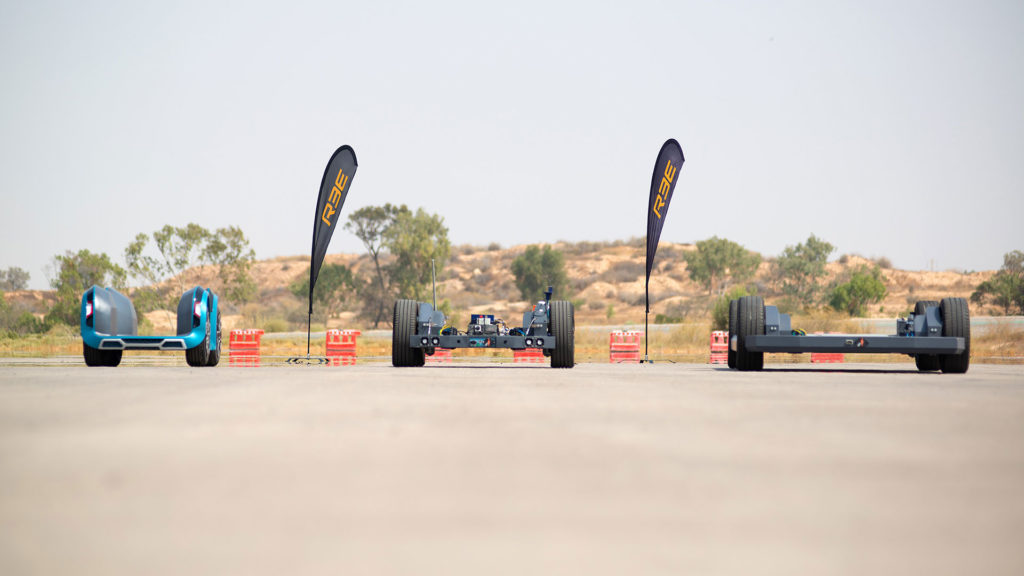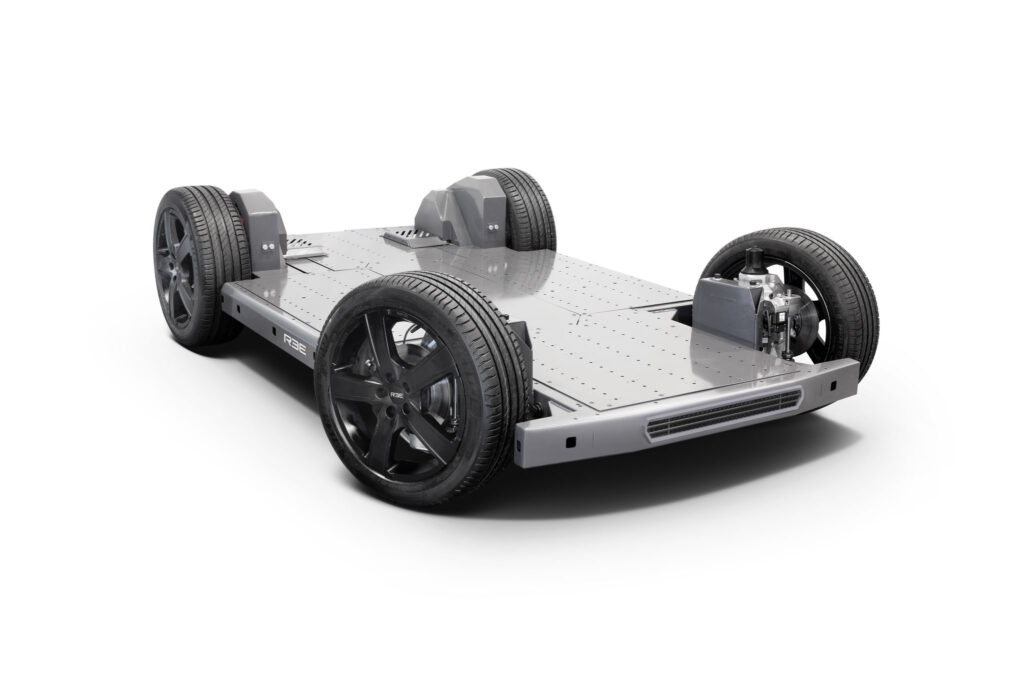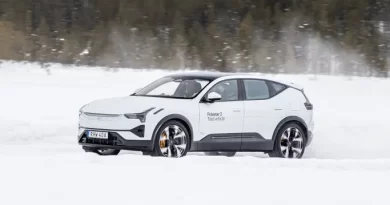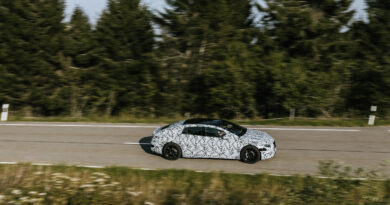Naked skateboarding is a thing now?
No, we don’t mean stripping off and rolling round the streets doing your best Tony Hawk impersonation.
What we’re referring to is recent videos of electric vehicle skateboards sans bodywork doing their thing.
Skateboard is the term commonly used for a flat EV architecture that can have a multiplicity of bodies bolted on top.

Two start-ups pushing the concept are California’s Canoo and Israel’s REE.
Canoo has shown its naked skateboard hooning about in the desert with extreme racer Sara Price behind the wheel.
REE’s demonstration was a bit more placid, but the three versions of its skateboard demonstrated were driving around a track autonomously.
The purpose in both cases is to show off the progress they are making with their platforms – and, no doubt, tempt companies to buy their wares.
In the case of Canoo, it’s previously revealed a passenger vehicle it also calls Canoo that it intends to launch in 2022 and sell only by subscription.
It also has a partnership with Hyundai to develop an EV platform and has announced plans to cash in on the EV Boom by going public via reverse merger as Nikola, Fisker and Lordstown have recently done.

REE has not announced any plans to launch its own vehicles. Instead it intends to offer a number of platform sizes suitable for everything from pint-size autonomous parcel delivery to heavy-duty inter-city transport.
It also has a deal with Indian auto manufacturer Mahindra & Mahindra Mahindra to establish a strategic collaboration for the development and production of an initial capacity of up to 250,000 electric vehicles aimed at the commercial market.
REE’s scalable architectures feature two core claimed innovations. The first is REEcorner, which integrates all traditional vehicle components (steering, braking, suspension, e-motor) into the arch of the wheel.
The other is REEboard, which is the completely flat and modular platform itself.

In its demonstration, REE showcased X-by-Wire technology in P1, P2 and P4 platforms. The P1 platform of up to 1.3-ton GVW is geared for LSV last-mile inner-city delivery applications. The P2 platform scales up to 2.5-tons GVW and is designed to transport passengers and cargo. The P4 platform offers up to 4.5-tons GVW and is uniquely built for the North American market delivery segment.
Other REE platform options are the bigger P6 and P7.
The P1 platform has a 20kWh battery, a 47kW e-motor and up to 220km range. At the other extreme, the P7 has a 100kWh battery and up to 250km range. No e-motor details are provided for the P7. The P1 can carry 350kg worth of freight and the P7 4000kg.
Canoo’s modular skateboard includes steer-by-wire, a transverse composite leaf spring suspension system, a proprietary battery compartment and battery thermal management systems, power electronics, vehicle controls, crash absorption structures and autonomous driving components.
It supports dual, front or rear motor configurations, and is capable of achieving up to 370kW and over 480km of range with dual motors. The rear primary unit is designed to deliver a maximum 220kW and 450Nm of torque, and the front unit is designed to deliver a maximum 150kW and 320Nm.






